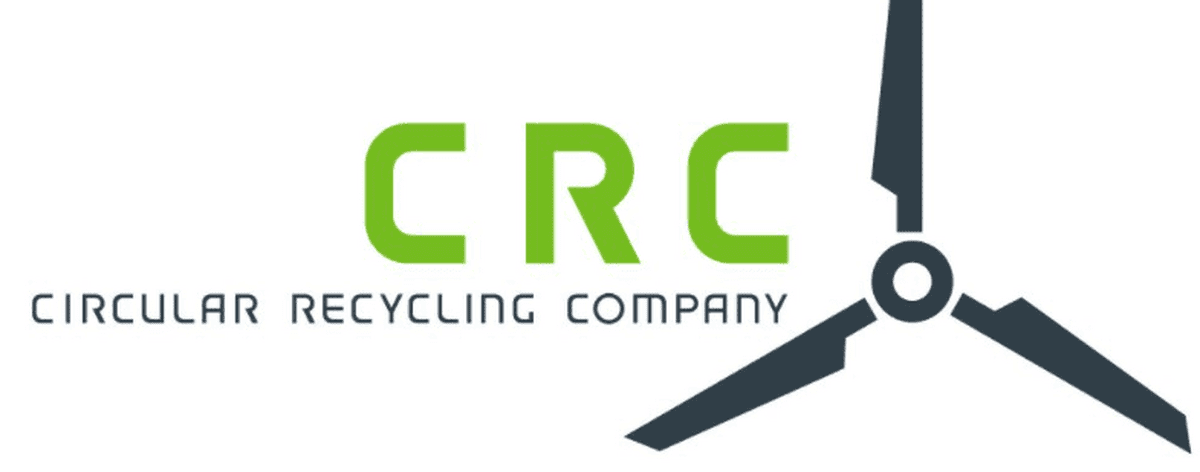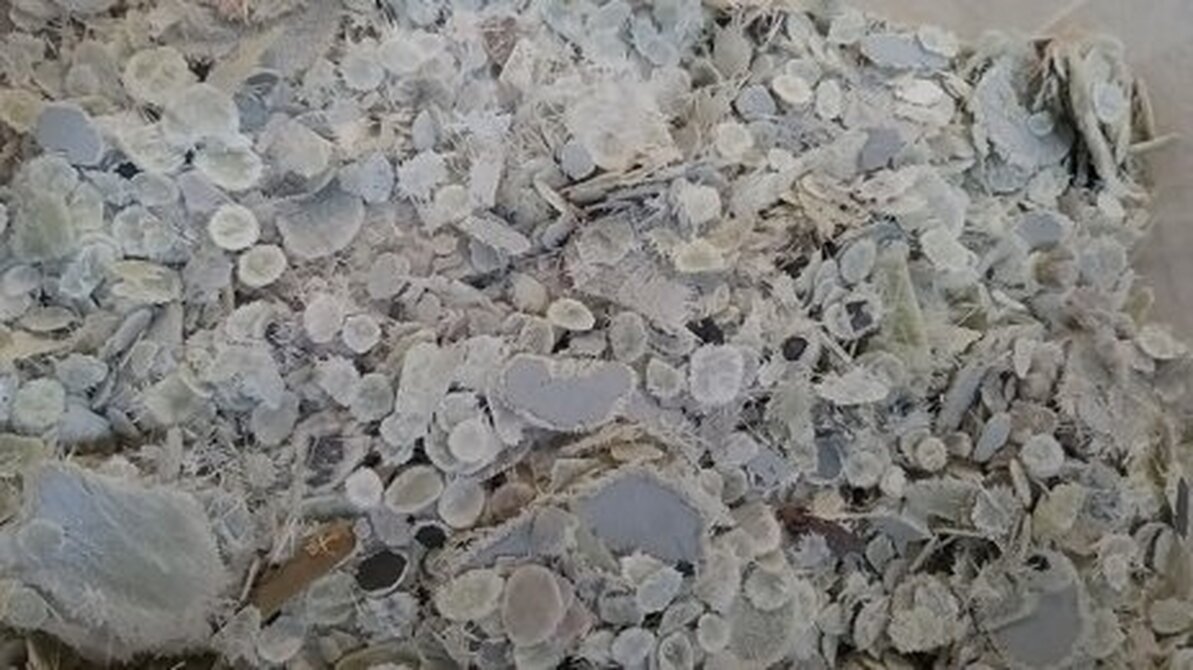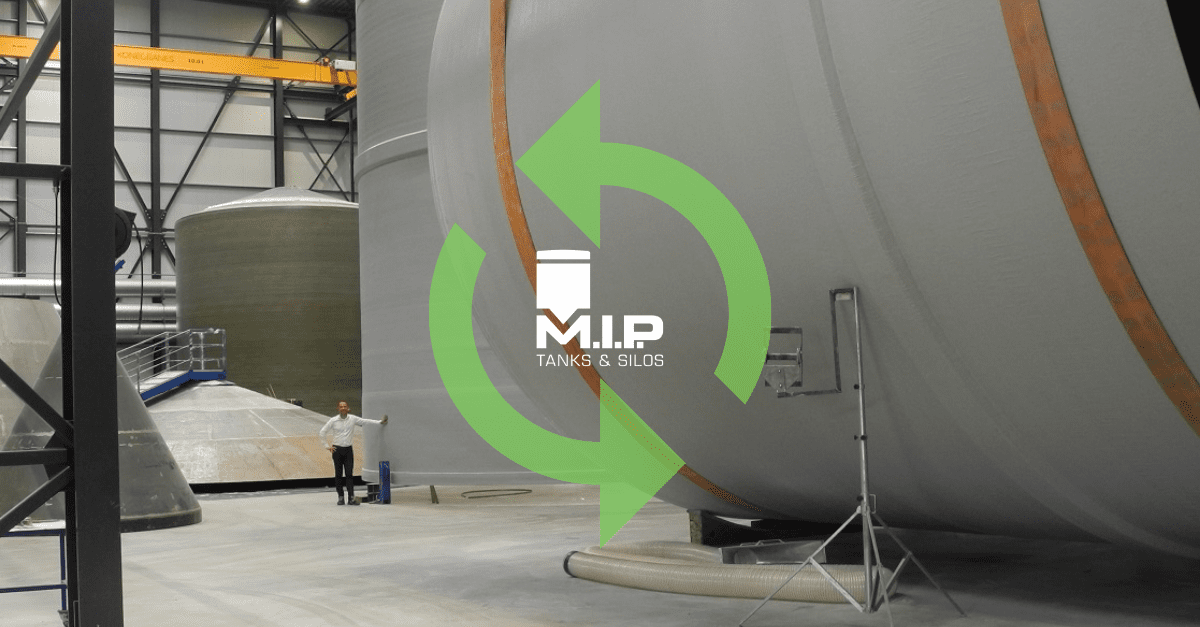M.I.P. builds sustainable storage systems in composite (Glass Fiber Reinforced Plastic). Why we choose composite as a building material is no longer a secret. Composite offers clear advantages over traditional materials such as concrete, aluminum, steel and stainless steel.
For example, composite is corrosion resistant, requires almost no maintenance, has a high insulation value, is impact resistant and insensitive to condensation. But did you know that composite is also circular? In other words, did you know that composite can be 100% recycled?
To find out all about this, we interviewed our neighbors from CRC or the Circular Recycling Company in Moerdijk.







